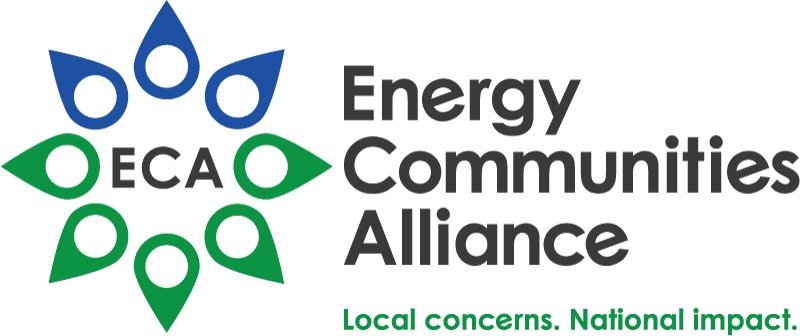What to look for: nuclear provisions in the Inflation Reduction Act of 2022
On Sunday, the Senate passed a long-anticipated bill centered around climate change, health care, taxes, and inflation. The Inflation Reduction Act of 2022 was approved with a 51-50 party line vote, with Vice President Kamala Harris breaking the tie. The House plans to take up the bill on Friday.
According to the bill’s summary, the Act would “make a historic down payment on deficit reduction to fight inflation, invest in domestic energy production and manufacturing, and reduce carbon emissions by roughly 40 percent by 2030. The new proposal for the FY 2022 Budget Reconciliation bill will invest approximately $300 billion in Deficit Reduction and $369 billion in Energy Security and Climate Change programs over the next ten years.”
Included in these climate-focused programs are several nuclear-related provisions.
New Zero Emission Nuclear Power Production Credit
The bill includes zero-emission nuclear power production credits for existing nuclear power plants, which would subsidize these plants with an estimated $30 billion over the next decade, according to the Congressional Budget Office.
The program applies to nuclear power produced from 2024 through 2032, an extension beyond what was initially proposed in the Build Back Better Act. The bill text specifically states advanced reactors are not eligible for this credit.
Production Tax Credit and Investment Tax Credit
The bill also provides tax credits for both clean energy production and investment for qualified facilities, including for advanced nuclear reactors. Under the credit provisions, a “qualified facility” means a facility owned by the taxpayer that is used for the generation of electricity, which is placed in service in 2025, and for which the greenhouse gas emissions rate is not greater than zero.
The production tax credit would provide a credit that is 0.3 cents times the kWh base rate for ten years. In energy communities, as defined in the bill, the credit would be increased by an additional 10%.
The investment tax credit would provide a technology-neutral investment tax credit of 6% for most generators, or a larger 30% credit for systems less than 1 megawatt.
HALEU
If passed, the bill would appropriate a total of $700 million to support the availability of high-assay low-enriched uranium (HALEU) nuclear fuel for research, development, demonstration, and deployment activities and commercial use.
The breakdown of this total includes:
$100 million to supporting the availability of HALEU for civilian domestic research, development, demonstration, and commercial use;
$500 million to ensuring HALEU availability for the first advanced nuclear reactors, estimating HALEU quantities necessary to support the development of a commercial, domestic HALEU market, and developing a consortium to support the availability of HALEU for civilian use;
$100 million to providing financial assistance to commercial entities, design and license transportation packages, and to develop benchmark data to assist licensing and regulation of special nuclear material fuel fabrication, enrichment facilities, and transportation packages.
Office of Nuclear Energy
The Office of Nuclear Energy (NE) would be appropriated $150 million, which would remain available through 2027 to carry out activities related to nuclear infrastructure and the general plant projects carried out by NE.
National Laboratory Funding
The bill would provide over $1.5 billion in new funding for National Laboratory infrastructure through 2027. Included in that amount is $217 million for nuclear physics construction and $158 million for isotope research and development facilities.
For more information on funding for nuclear energy and energy communities, please visit the ECA Federal Budget Tracker.
